Leaderboard
Popular Content
Showing content with the highest reputation on 02/19/2022 in all areas
-
Looks like "Higo No Kami Kuniyasu". Related to Kawachi No Kami Kunisuke, the glimpse of Hamon looks like their special Choji.3 points
-
2 points
-
Great advice Grev Contact the seller (politely) and see how they respond. You might just lose out on the shipping costs. If they are reputable dealer with lots of stock turnover, maybe you could negotiate for an "in-store credit" to put towards something else in the future? They might be more amenable to that idea if they don't accept the return option. Sadly, I think just about everyone is going to pick up a cast tsuba or two along the path of the tsuba collecting arc. Myself included...2 points
-
I had the same type of tsuba which I returned I had three copies I put on eBay and only got 25% back but they just had to go and I couldn't put it on the NMB as you need to be seen as honest Every time you look at it you will se a copy and being a fair man could only sell it as such On mine under a glass you could see the seam line so it was an undisputed copy If you can clearly say the reasons that it is a copy then it is not as described It was a good learning lesson for me and at no cost I also bought a wooden carving by a good maker from Japan I spoke to an expert who said the carving was not to this makers standard I told the seller who thought it was genuine and even gave me some extra compensation Even good dealers can get it wrong Be as nice as you can if you return it Good luck and let us know what you decide to do2 points
-
2 points
-
2 points
-
Hozon and Tokubetsu Hozon are both types of judgement papers (kanteisho) from the NBTHK. The sellers may not know how to describe the kanteisho more accurately or are trying to simplify the wording for people not as well versed in the NBTHK papering system.2 points
-
2 points
-
Roger, this is for you: WITH REGARDS TO CUTTING AND SAWING: Early sukashi, including works from Higo and Akasaka were cut with chisels. Here's a quick visual of an early sukashi (probably ko-shoami) where you can clearly see the stepped linear sections that make up the curved lines in this tsuba. These were definitely cut by chisel. More saw work was introduced during the Edo period to get some very fine sukashi lines. Anyway, here's a fantastic article from Markus Sesko, where he shows an example of an Akasaka or Higo sukashi tsuba that was incomplete, likely due to a chiseling error during its production, where you can see all the rough chisel marks: https://tsubakansho.com/2019/04/20/unfinished-business/ WITH REGARDS TO FORGE WELDING (not modern welding using electricity): In brief, you use high heat, then hammer layered steels together such that they "fuse together" to become a solid piece. This was done with varying degrees of: layering, forge welding, then folding it over itself, then forge welding again. The more times it was folded, the thinner and finer the original layers would become. Forge welding was very rarely used in "adding" things to a tsuba's design. The only example I have seen is where a particular forge-weld joint called a "lap joint" is seen in the super thick mimi ring that was added onto a ko-katchushi style tsuba like this one. You can see it at the 6 o'clock position. I've also seen a few openwork pieces where some tsubako took some "liberties" in modifying or repairing an older tsuba by cutting in slots into the existing one-piece tsuba, and added new pieces of thin metal bars to make the needed modification and still fit into the design. Basically like an "inlay" of a sort. Otherwise, SURFACE DECORATIONS are done using "inlays" and "overlays"... and there's lots of techniques for that, but I don't know too much about those. But, I recommend you watch some of Ford's videos to see that in action2 points
-
Item numbers starting with 1 are Tokubetsu Hozon swords and 2 Tokubetsu Hozon fittings. Similarily 3 is for Hozon swords and 4 for Hozon fittings. I remember I wrote in a post few years ago that I thought change from 100,000 to 1,000,000 in numbers came because Hozon swords were numbering 390,000+. So they switched to 3,000,000 before hitting 400,000 as that was already reserved for fittings. That is just personal speculation but to me it feels like a logical solution.1 point
-
1 point
-
Dear Tony. Not cast, perfectly OK. Though someone was a little unkind to the nakago ana on the back. Do my eyes deceive or are there two colours of gold on the foliage? All the best.1 point
-
Budget needs to be 50+k for something like that.1 point
-
What would be your approximate budget? Would you be accepting for an Edo period koshirae for the sword? Pre-Muromachi koshirae tend to be mostly owned by museums & shrines / temples in Japan as surviving full examples are very rare. There are few packages for sale that come fairly close to your standards that few Japanese dealers have currently in their inventory (there have been more in the fairly recent past but have been sold). I think Dai Tōken Ichi in Japan would be the best place to seek such an item as I believe pretty much all the "top dog" dealers are present. I think the search for an item like this that is excatly to your liking could take several years. And at least for me the search is always very fun part.1 point
-
I would talk to dealers who have strong contacts in Japan, like Darcy for example.1 point
-
https://www.militaria.co.za/nmb/topic/28373-first-Japanese-sword-ww2-officers-any-info-anyone-can-provide/1 point
-
I wish you the best of luck in your search, but you are going to really struggle with the first and fourth characteristic, especially the fourth one. Finding original koshirae on a tachi is almost impossible.1 point
-
Hello Tony !! I really like your tsuba ! So, I am realitvely new to tsuba collecting (only about 3 years into it). But on another thread on the forum we have talked about cast tsuba. Now I am not sure, but from what was discussed on that thread, this looks to me like it could be cast. I don't know, just saying in my opinion. Maybe others can tell you more about it. With respect, Dan1 point
-
Two new additions to my collection. Both in the Thousand Monkeys or senbiki-zaru theme. The second tsuba seems to be a nicer example of the theme. Both tsuba are about 70 mm (2.8 inches) in diameter. The first one has a single hitsu-ana and is heavier. It doesen't show well in the photos, but all of the spaces between the monkeys is openwork. The second had two hitsu-ana and the eyes of the monkeys seem to have been accented in gold, but you have to look really closely to see it. The second one also has monkeys at the bottom that are playing a neck wrestling game called kunipiki. Kunipiki was a game where the opponents would put a loop of rope around their necks and then try to pull the other person over. I have found these examples online: Both tsuba also seem to have monkeys that are of the "See No, Speak No, and Hear No" variety.1 point
-
Yes it was quite shocking, didn't expect the police to turn up at my door. Thought if there was some kind of issue with the import it could be dealt with via telephone or email or something. Its a waste of everyone's time to go to the trouble of doing this as I'm clearly in the right and have obeyed the law. I just hope the blades aren't destroyed as I bought them from Kraft specifically to preserve them as they hadn't been cared for.1 point
-
Top one will almost always be Showato. Let's see the bottom one1 point
-
Can't tell you how much I loathe the UK authorities right now. The fact that you have to be treated like this just for collecting Japanese swords makes me angry. I would make sure you tell them they are the ones breaking the law, and you intend to sue them for costs, time and the loss of valuable ethnographic items. They can't just do what they want. There are consequences. Maybe approach the press (if there is anyone there that is not yet brainwashed)1 point
-
Generally, the advise is always for investment....don't go for a wakizashi. Katana makes a HUGE difference.1 point
-
So a couple of folks have contacted me via message to let me know that I have been monkeyed with. Apparently these tsuba are cast. I thought that buying from a reputable dealer would be safe, but I was wrong. Both of these came from a well-known dealer in Tokyo. What should my next step be? Should I suck it up and count it as a lesson, or should I ask for my money back?1 point
-
To add: During WW2, The Gifu area in Mino Province was the largest center of WW2 sword production. Many smiths there signed Kane+the second character of their name.1 point
-
We have members with full sets. If you search NMB, I believe one of them posted images of his full mounted daisho. It is one of the most impressive fittings sets I have seen posted on NMB. It isn't a style I personally like very much, but it was quite the Bentley of its day.1 point
-
Its somewhat worrying to find out that the Police use Google for their understanding of UK law.1 point
-
Dear Tony. Us guys this side of the pond are watching as well! All the best.1 point
-
Dear Juan. While I am not familiar with the pecadilloes of the French aristocracy I think the short answer to your question is no. There is an excellent description of the process of awarding such titles here, https://markussesko.com/2013/02/19/how-honorary-titles-were-conferred/ All the best.1 point
-
Tony, that is very curious. Could you care to elaborate as to the reason they confiscated them and you need to court? Was it to do with paperwork, or were they “modern” swords not considered antiques? Even so, that is a very radical development….1 point
-
1 point
-
1 point
-
I can’t tell you to cancel or not, nor do I want to get involved in a sale, especially if it involves someone here at the NMB. My only comment is to read a little on the subject and then decide for yourself. I added a couple links, but you can also search here at NMB for more reference material on papers.1 point
-
To start, the most important thing is that you like the blade. My following comments are most certainly not a judgement of you, the blade, or what you like. Conventional wisdom is that green papers (kicho) are not considered to be valid judgment papers any longer. It doesn’t mean they are always wrong, they just can’t be relied upon to be right. You can find quite a bit of information on the NMB (and elsewhere) about this subject. For example: Green papers = no papers – The Cutting Edge Green Papers Pt. 2 – The Cutting Edge So, in my opinion, the first thing to do to ‘maximize’ this blade and to satisfy your ‘historical perspective’ need is to re-submit to Shinsa for new papers confirming what you have. Also, storage in shirasaya is the proper and best way to keep swords. This would be the case whether the sword originally came with koshirae or not. You would probably never recoup the money spent on a new made koshirae and even then, shirasaya is still the proper way to store.1 point
-
1 point
-
1 point
-
Thanks for taking the time Glen/GRC. Jean/ROKUJURO also has been generous in the past and thank you both again. I have had some student experience in repousse work, chaising and using a piercing saw plus hammering and shaping over a stake/form using gilding metal but iron work is foreign to me- a lot tougher. Roger1 point
-
Well... the WW2 ended in May 1945 in Europe, not in Asia. Your sword was crafted 3 months before the end of the WW2 which happened on Sept, 2nd in Japan.1 point
-
1 point
-
1 point
-
Hi Grev, you have submitted two nice tsuba, but their attribution to Shōami school can't be surely granted (of couse nobody of us wants to challenge a NBTHK paper). Here below a tsuba papered as Kyō-sukashi with a design pattern similar to your no. 1. Simply the Shōami school is hard to delimit... Here my Shōami tsuba (at least occording to a NBTHK kanteisho) which I like the best. Bye1 point
-
Hello all! Some great and informative posts!!! Now, I am not saying that cast iron tsuba were produced before about 1840 (as the date of some cast iron tsuba “……. does push the casting dates back before 1840….” as found in Dale’s post above). But it appears that the Japanese craftsman were very familiar with cast iron techniques for at least 800 years! The below excerpt also “begs the question” why did a warlord have cast iron metal casters in his army? “Yamagata cast iron - History The origin of Yamagata cast iron is thought to date back to the late Heian period (794-1185) when the warlord Minamoto no Yoriyoshi was involved in a military campaign to suppress uprisings in the Yamagata region. Metal casters who were in his army entourage found that the sand in the Mamigasaki River (located in present day city of Yamagata) as well as the soil quality of the surrounding area was ideal for making casting molds. Some of these men stayed in the area, and about one hundred eighty years or so later, historical records state that between the years 1336 and 1392, cast iron artisans made metal fittings. During the Edo period (1603-1868) the cast iron industry fully began to develop. Yoshiaki MOGAMI, the lord of Yamagata Castle, reorganized the castle town, and in order to develop commerce and industry, established two manufacturing towns on the north of the Mamigasaki River, thus laying the foundations for generations of metal casters. ‘ From – (the website is primarily used to describe cast iron kettles, but the above historical information is interesting). https://kogeijapan.com/locale/en_US/yamagataimono/ With respect, Dan1 point
-
I will try and get some pictures tonight. The blade is in shirasaya. Every sword has a story as does this one. My cousin was a officer in the navy at the beginning of the Vietnam war and stationed in Japan. He told me that he went into a small shop and saw the sword standing in the corner. The man and woman shop owner didn’t speak much English so their son did most of the talking. The woman said that her brother was a guard in the factory and brought the sword home and gave it to her, two days later the factory was bombed and her brother was killed. The woman didn’t want to sell it but after much talking to her husband and son finally agreed to sell it with a promise from my cousin that it had to be kept in the family. Also included in the sale was the original registration paper that they never turned in and because my cousin brought it back to the ship he never turned the paper in. Like I said every blade has a story and this is mine. I will post some pictures and hope you enjoy Thanks. MikeR1 point
-
By pure accident, I stumbled across two more NBTHK papered examples with "cast-iron" in the title of some past auction listings on Lot-Art. One Echizen and one Shoami. Here's the screenshots of the titles, the only images available, and the descriptions: The first one has that "soft, rounded look" to it everywhere. It's also got "webbing" remnants near the 5 o'clock position, and a weird circular indent deformity at the 3 o'clock position of the mimi: some sort of bubble of gas that formed during casting maybe? For the second one, I might have initially passed it off as having "surface pitting from corrosion". But given the title, it would suggest that the "bubbly" indentations on the surface are the result of casting (trapped gases in the mold perhaps?). If the seller is calling it "cast-iron", then how can I argue with that? I'm sure many of people will recognize the emblem on the image. And just an added thought: if there's that much pitting on the surface, and it was caused by corrosion, then how are those very thin arcs still intact? They would have likely corroded enough to break clean through at some point. It is interesting to note however, that the accompanying descriptions in the listings just use the word "iron", when "cast-iron" was used in their titles. So I can't say with absolute certainty that these were cast, but if it looks like a duck and it's called a duck... then it just might be a duck?1 point
-
Dan, I have tried to support and add to this thread with technical information in several posts. But when I realized that the conversation was not at all serious and scientifical, not considering rational evidence that I presented, I thought it was a good idea to show a tourist souvenir in the shape of a TSUBA to get rid of some rigid ideology that you presented. I added a smiley to make clear that this post was not to be taken too serious. Maybe you missed that. You think you are able to identify some TSUBA as cast, and you think you can relate them to the EDO period. You have the fixed idea that there must have been an EDO period production of cast iron TSUBA, not considering that the original model might have been (very likely) used to make a mold for casting in much later times. A cast iron TSUBA that you identify now as an EDO design item is not necessarily that old, and to my knowledge there is no real evidence for this production technique in those times. The term 'malleable iron' came up as theory to make cast iron TSUBA theoretically usable on swords. I tried to explain how difficult and laborious the process would be, and that making a (single use!) mold, casting, tempering, and finishing a cast iron TSUBA is probably more work than forging one. It simply makes no sense. I suggested to ask Ford Hallam for his opinion on this subject. He has expanded on this quite a while ago on NMB. He is THE expert on TSUBA in the Western world! If you prefer not to believe my words, he is certainly more competent in these historical and artistical fields while I feel able to explain technical contexts in metallurgy (I should add that I am an active bladesmith and experimental archaeologist). So in case you want to set up a serious discussion on the topic of "cast iron TSUBA of the EDO period", it would be necessary to find certified TSUBA that ARE cast - not only photos of TSUBA that look a bit like cast! And then you should be able to produce bulletproof evidence of EDO period iron casting technique PLUS the tempering process executed on TSUBA. Only producing theories will not lead to more knowledge in this field and thus not help any serious collector. To the subject of KIRIKOMI on TSUBA: I have seen quite a number of them, and certainly some more blades with the same damage. If you dive into Japanese fencing techniques, there is of course no mention of blocking an opponent's blade with the TSUBA, but the possibility to have the opponent's blade slide down your blade, resulting in a rather 'soft' contact with your TSUBA, is well known from practice. So there is no discussion of soft metal TSUBA not being useful on blades, and even a solid cast iron TSUBA might withstand a blow. But there remains a technical risk with these, and that was to be avoided in times when your life depended on the perfect function of your sword. I sincerely hope that my comment will be of help in coming to a serious discussion of features on TSUBA and blades.1 point
-
I think this one was in the same haul of great tanto or similarly unpolished state, from memory....https://yuhindo.com/hosho-sadaoki-tanto/1 point
-
1 point
-
1 point
-
A couple of points. I did go through the Juyo Kotetsu and could not see any suriage swords. Secondly, slightly machiokuri is nowhere near the same “flaw” or “detractor” when positioning in the hierarchy for Juyo as is suriage. Sometimes machiokuri is not even detectable and people sometimes even say “possibly slightly machiokuri”. For old swords, where signed examples survive, empirically I have noticed that broadly speaking the following hierarchy applies: ubu zaimei > ubu kinzogan or suriage zaimei > suriage orikaeshi > gakumei > suriage kiwame (I suppose with exception of Kochu, Kojo who are highly valued) > mumei. Of course the above is a crude generalisation and in fact there are Koto swords where you cannot realistically find zaimei swords (Soshu; few Kokuho exceptions) so you have to go with mumei or kiwame. Sometimes the kinzogan comes with such strong provenance (kinzogan were expensive to give so Daimyo blades by definition) or such strong quality that the blade is elevated through Juyo and TJ. For new swords, as is the case with Kotetsu, you really need zaimei ubu or at the very best undetectable little machiokuri but otherwise pristine nakago (and of course -sword). The Juyo criteria precisely state: “Blades made in the Muromachi period must be zaimei and blades from the Edo period and later, as a rule, must be ubu and zaimei to receive Juyo Token paper.” So, the answer to your question is No.1 point
-
Goodness! That's a bit of a shock but keep your eyes open, often the silly prices can be beaten by a sneaky scan of the obvious sites. I don't yet have a copy of this one but I think it will be very good, Study of Japanese Swords: Chronological Study of Japanese Swords and Japanese History Paperback – 13 July 2021. It's about 30 quid on Amazon. by Yurie Endo Halchak (Author) Check out the author and her very good website here, All the best.1 point

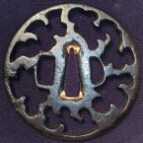






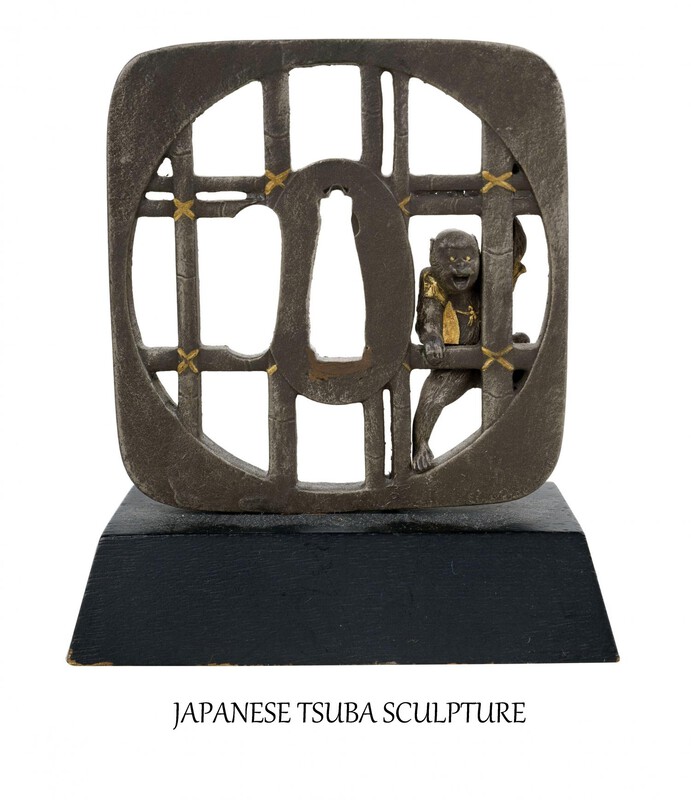


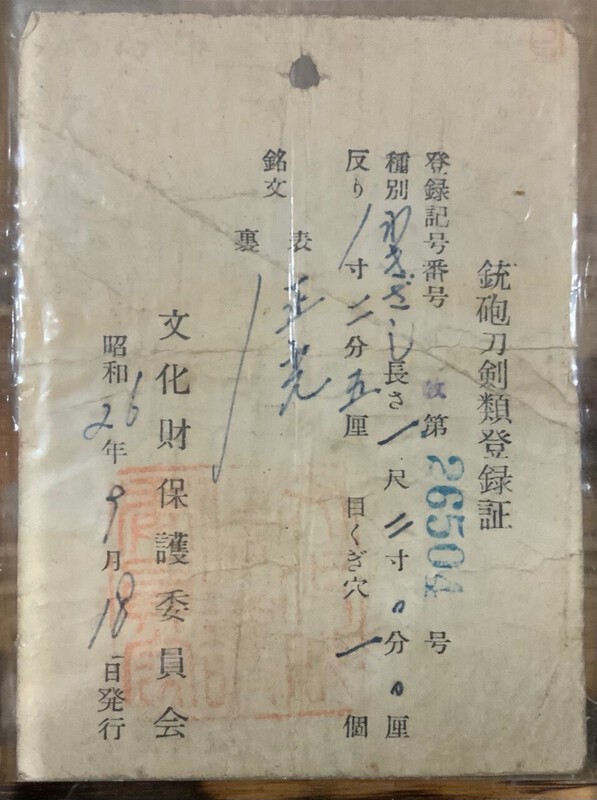






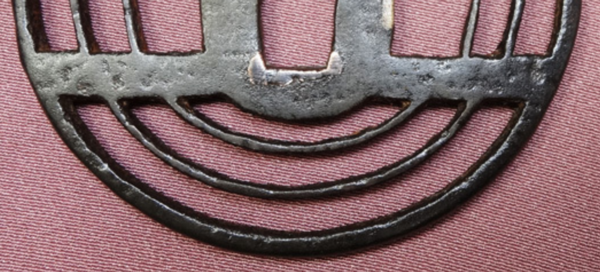





.thumb.jpeg.904689ab1fe7b5d81cfbb59417413ca0.jpeg)
.thumb.jpeg.d9ec8025be8f7867c49d14cf0bfd5021.jpeg)
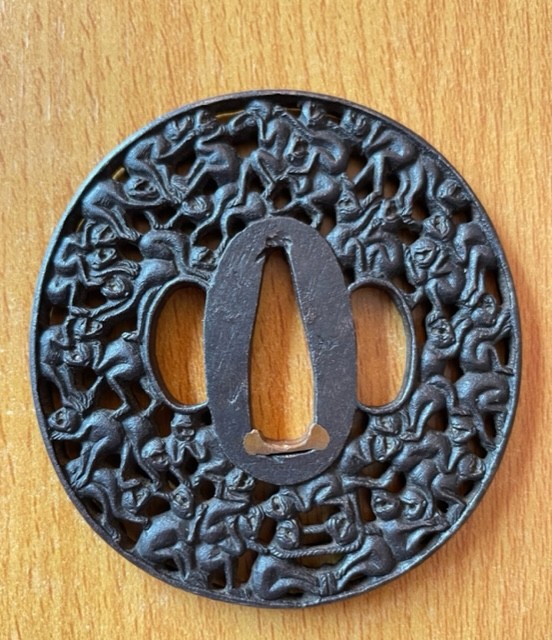
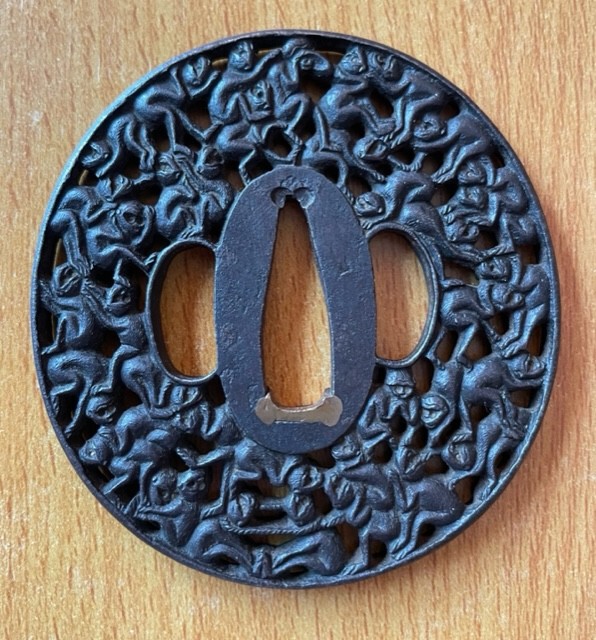
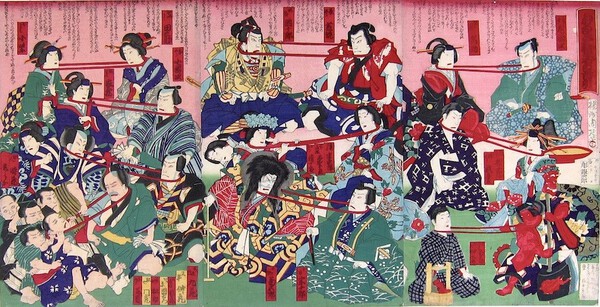




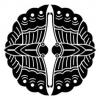

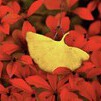



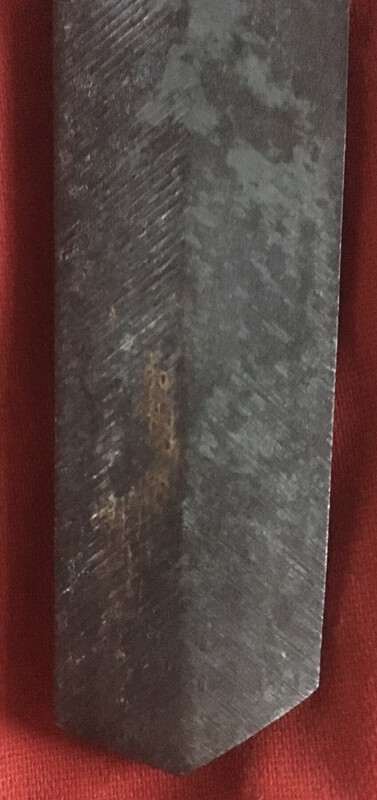

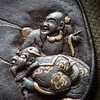

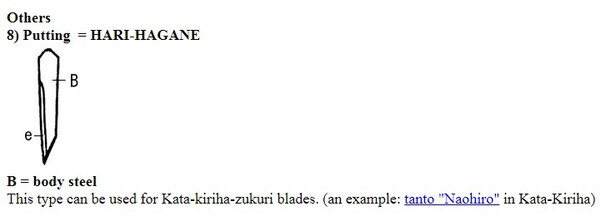
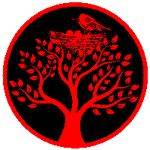
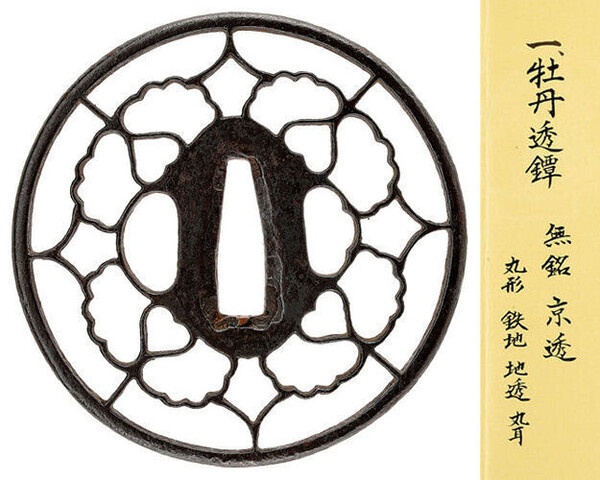








.thumb.jpeg.47d333b5df309db8abd181b8e2d6a682.jpeg)
.thumb.jpeg.2e2d8e9c48039ac18c1845947a109b5e.jpeg)
.thumb.jpeg.5c4314b0d61ca4ff4f314359a3d6549c.jpeg)
.thumb.jpeg.8f2842829a43e2006a63686ab3ffc29a.jpeg)
.thumb.jpeg.0adf28115a9f4da092f1ea21eac6a3f1.jpeg)



